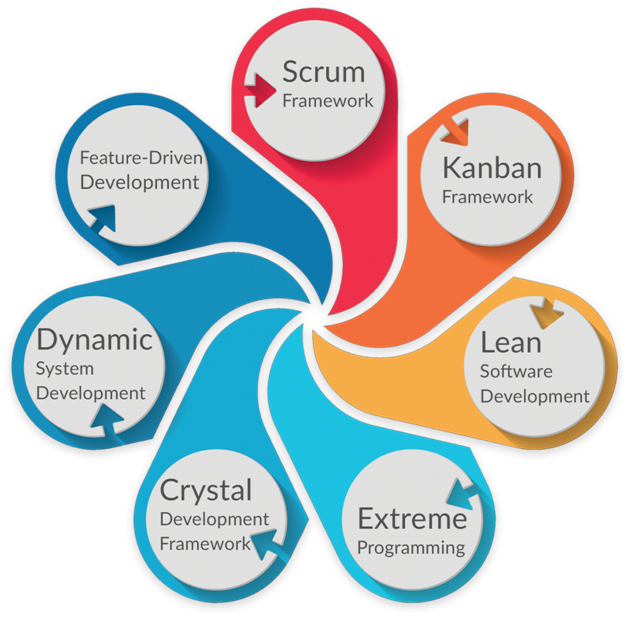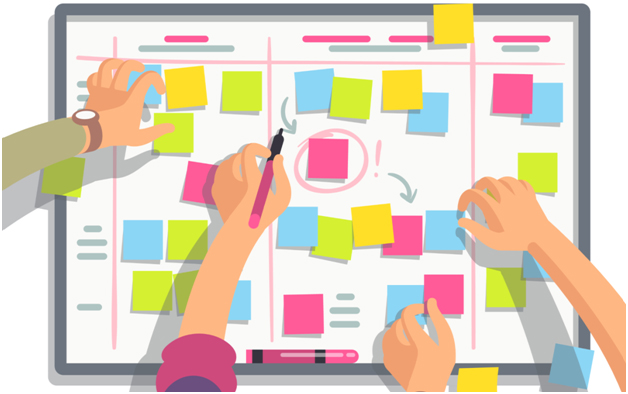
It’s quite easy to plan and execute in an environment where the requirements are clear and they do not change. But that’s not how the requirements behave in the real world. They change more often and are easy to tackle, provided that you know what Agile is.
Coined as an umbrella term, Agile refers to a set of methodologies, values & principles that drive the process of delivering a software solution by enabling various cross-functional teams to collaborate with each other. Tracking down its origins, Agile came into existence by galvanizing the overlapping methods of various software development approaches. Such productive approaches were combined to form the popular Agile manifesto, which comprises of 4 values and 12 principles. The Agile Manifesto provided a strong foundation upon which high-quality software has been delivered across the technological domain.
Before the Agile came into existence, there was an intense debate in the technology arena as to which side the process of developing a software aligns towards? Should it align towards the client end, thus making the process extremely hectic for the engineering team? Or should it incline towards the engineering team by convincing the client to compromise with his requirements? Agile settled this global debate by coming up with a common ground. It came up with a sensible approach where the client’s interests are safeguarded and the engineering team could create small prototypes in order to validate the underlying requirements.
Organization and business now not only look for competent individuals to, take up positions as software writers, but also the agile practice has extended to the other part of every organization in order to get the best of everything. To improve a product one needs to identify what the customer’s feedback is but to improve software used by millions of people? Hmm… remains the key question.
Agile is all about improving the mindset of the team; this is no longer the traditional master-slave relationship. The exclusive way to deliver a whole new change to the table and deliver immense value to the customers is to work as a team. Like the say “agile is easy to learn, but hard to master” agile trends help the team to expose the problems fast, but that is not the end, they must work collectively to arrive at a tangible, efficient result in no time at all.
The two major agile methodologies out there today are scrum or kanban and if you seek any agile practitioner, they will undoubtedly inform you that they customize theirs’ to best suit their team’s requirements.
Design thinking is one of the most applied agile trends, and this interactive method of learning and problem solving deals with the fact that all individuals on a team must brainstorm and contribute to their knowledge, skills and expertise to achieve the goal. This has to do with steps and processes to identify, find a solution within a limited amount of time and this result must be acceptable to the key stakeholders. Design thinking covers the five most important steps; Empathize, Define, Ideate, Prototype, and test.










Our Services